Secrets of growing zucchini on the balcony
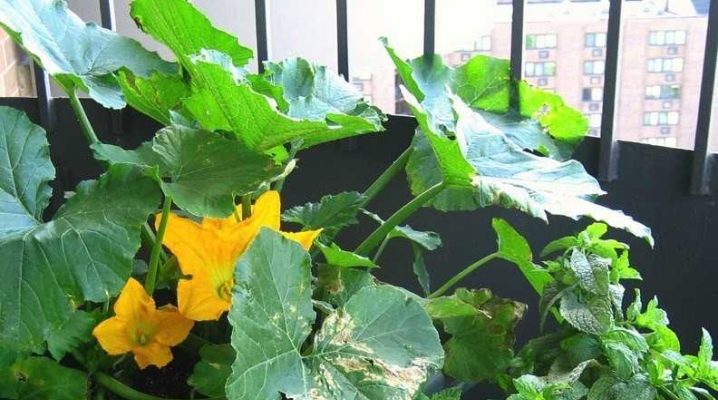
Is it possible to grow zucchini on the balcony - yes. And for this, special tools are not needed, a serious re-equipment of the balcony and huge labor costs. But what is needed is worth talking about in detail.
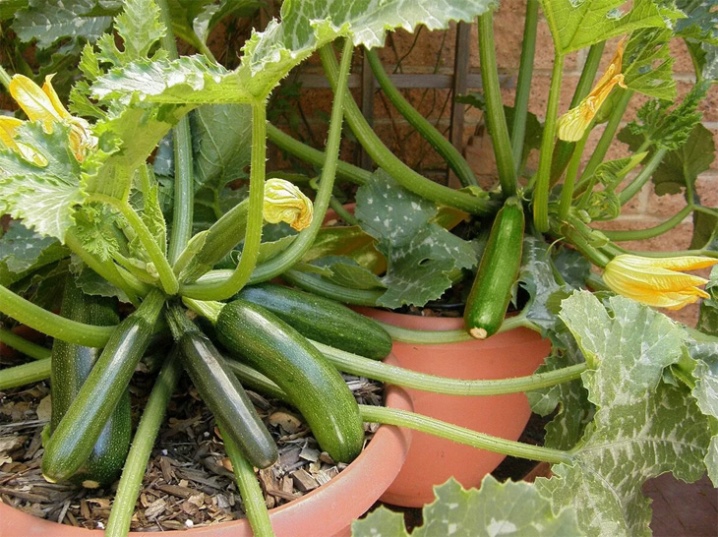
Variety selection
Perhaps this is where it is worth starting. There are a lot of varieties and types of zucchini, and some of them are designed just for growing in containers, in such cramped conditions as a balcony. If you do not want to engage in artificial pollination, you need to take parthenocarpic hybrids of an early ripening period (for example, "Kavili F1" or "Azhur F1"). But this is the standard, externally, the zucchini will grow ordinary, they will not particularly surprise you, although not everyone needs it in principle. But if you want to grow zucchini, very reminiscent of watermelons, you can try the varieties "Orange F1" or "Tondo di Piacenza".
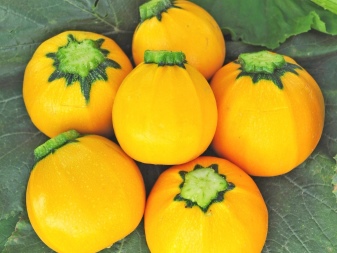

Self-pollinated varieties are the best option, but the owner of the balcony does not always find a variety that has this characteristic. And if you don't want to change your choice, you will have to learn artificial pollination.
On the forums of lovers of home vegetable growing, you can find leaders among the varieties of zucchini. And in the top will certainly be "Zebra", "Anchor", "Tsukesha", "Belogor", "Roller", "Aeronaut". They have already established themselves precisely as balcony varieties, picky, with a predicted yield.

Preparation
There is a detailed plan for how to grow zucchini, and you should follow it step by step.
Capacity
Zucchini have a rather powerful root system, so a small container for growing will definitely not work. Seeds should be planted in at least a five-liter bottle of water, and then the seedlings should be transplanted into a container even more.
How to prepare containers for balcony zucchini:
-
take a plastic bucket or bottle;
-
use a screwdriver to make several holes for drainage;
-
wash the container with laundry soap;
-
process with manganese solution;
-
use the old dish as a tray.
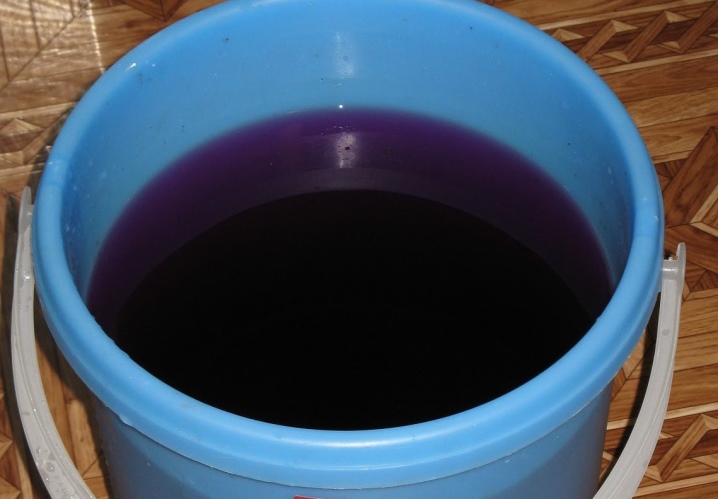
This is the easiest way, convenient, fast and inexpensive.
The soil
Zucchini like to grow in loose, nutritious and non-acidic soil. If you don't want to compose the substrate yourself, you can buy it at a garden store (the reference point is soil for melons and gourds). The soil must be spilled with boiling water. But you can also warm it up in the oven.
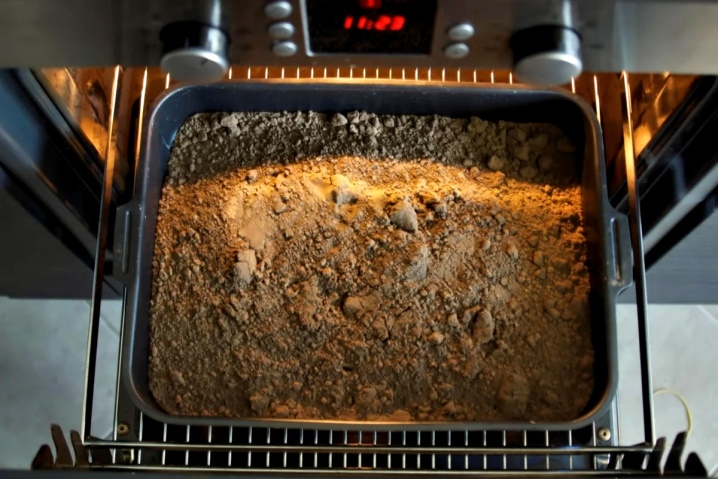
A homemade recipe for creating an optimal substrate looks like this:
-
Mix 2 shares of humus with 1 part of sand and 1 part of turf;
-
add 3 tablespoons of ash (this is 5 liters), 1⁄2 liter of sawdust, 1 tablespoon of quicklime;
-
the earthen mixture is sent to the oven for half an hour, at a temperature of 80 degrees;
-
add (for the same 5 l) 2 g of ammonium nitrate, 2.5 g of potassium fertilizer and 4 g of superphosphate;
-
sprouted seeds are placed in the cooled ground.
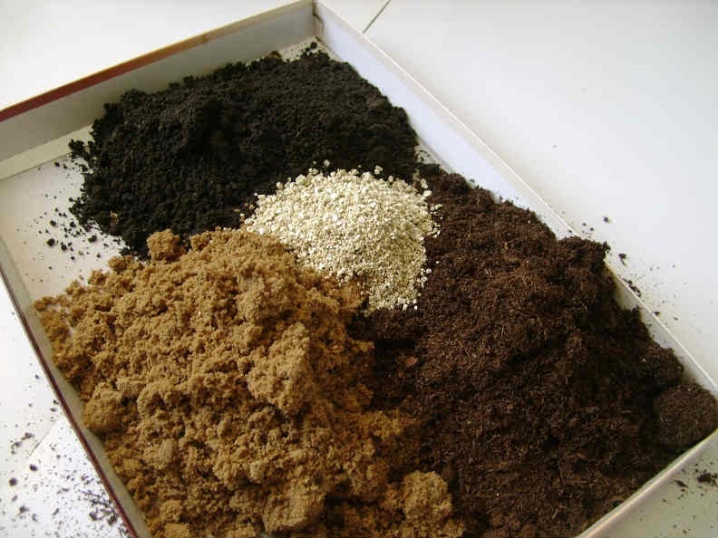
A big mistake (alas, not so rare) will be putting fresh manure in a container: the foliage will go into abundant growth, and, on the contrary, there will be few ovaries.
Seeds
As in many other cases, the seeds of the plant are first heated on a battery, 10-12 hours should be enough.
What to do with the seeds next:
-
soak them for 10 minutes in a warm manganese solution - this is necessary for disinfection;
-
then the seeds are placed on wet wipes (they must be moistened so that the seeds do not float in the water);
-
all this is put into a bag, sent to a warm place with a temperature of 20-25 degrees until germination;
-
if the napkin dries out, you can moisten it again;
-
it is necessary to wait for seed germination for 2-3 days.
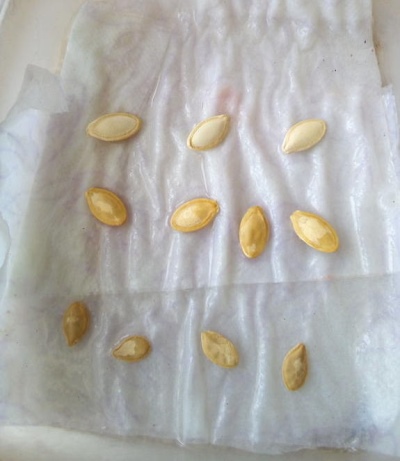
If all this succeeded, it's time to start growing seedlings.
How to grow seedlings?
The seedling method is really convenient, especially in an apartment. Growing seedlings will require small containers such as plastic cups and small pots of the same type. The soil that will be in the pots is described above. By the way, in order for the seedlings to be stronger and of better quality, it is better to add mineral fertilizers to the ground - 5 g of nitrate, 5 g of potassium salt, 10 g of superphosphates.
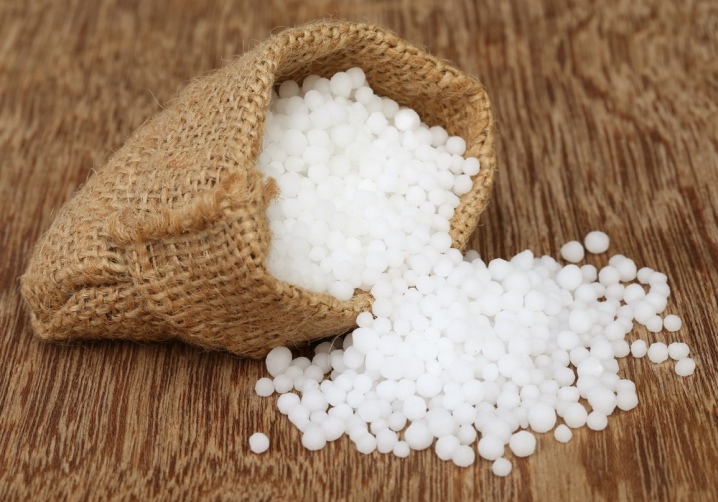
Seeds are planted according to the principle: one seed - one pot. After landing, the land must be thoroughly watered and sent to a warm place. After 3-4 days, shoots can be expected. To harden the seedlings, she needs to create harsh cool conditions, that is, growing at home at a temperature of +18. This is necessary so that the stems of the plant do not stretch out. And also the seedlings need good lighting. And it should be watered twice a week and with extremely warm water. When the seedlings are 3-3.5 weeks old, they can be planted in a permanent place.
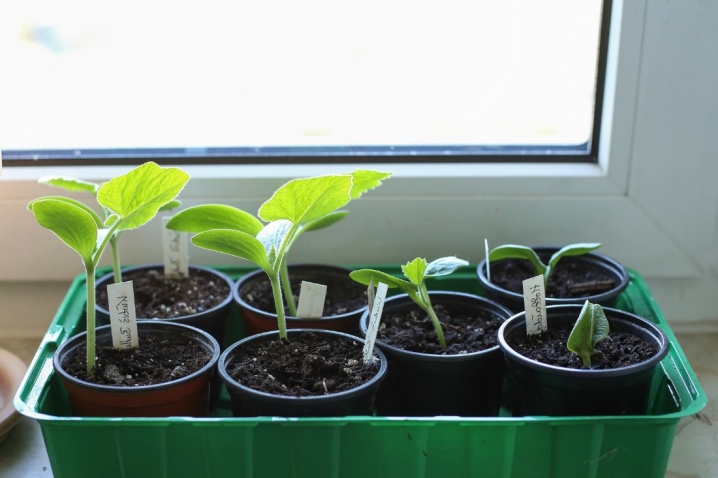
Transfer
It is better to replant zucchini in the evening, it is less stressful for the plants. The seedlings must be taken out of the cups directly from the ground. Two holes are dug in a box, container or other selected container, if it is decided to grow in pots - one.
Before the zucchini goes into the hole, you need to put some wood ash there. You need to bury the seedlings up to the cotyledon leaves.

Follow-up care
In general, it is better to plant the zucchini on the balcony when the frost has definitely ended. If the balcony is glazed, you can also force events - arrange a landing 2 weeks earlier. If the space is completely heated, zucchini can be grown even in winter.
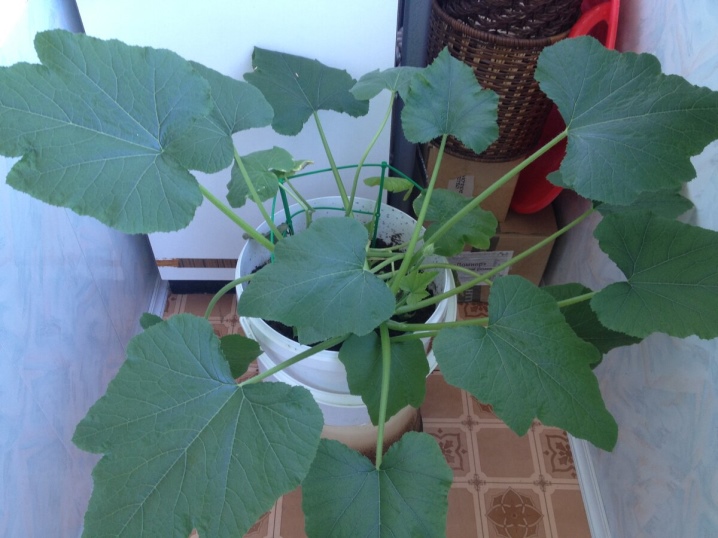
This is the kind of care you need for zucchini growing at home.
-
If there is sufficient lighting, the culture does not need to be illuminated. But if the season is cloudy, or summer, for example, is rainy as never before, fluorescent lamps (200 watts per square) will not interfere. But if, on the contrary, it is too sunny, the zucchini will have to be shaded.
-
Plant feeding should be organized systematic - this is a solution of mullein (proportions 1 to 5), chicken droppings (1 to 10), but you have to choose one thing. More often than three times a month, it is not worth feeding the balcony culture. Organic matter is allowed to alternate with mineral fertilizers.
-
Zucchini should be watered a lot, regularly, not forgetting about the schedule. But only at the root, otherwise burns of the leaves cannot be avoided. When watering, you need to focus on the following: if the top 4-5 cm of the soil is dry, then it's time to moisten. And it is necessary to water deeply so that water can come out of the container through the drainage holes.
-
Sanitary pruning is another important point that beginners may forget. Leaves and stems often die off and will have to be removed. But with pruning, it is better not to frequent, because the stems heal poorly, and the entry points for diseases will open instantly.

Tracking the humidity on the balcony is a good measure of care, because this indicator is very important for zucchini. You need to take a regular glass, fill it with water and send it to the freezer for half an hour. Get it out and bring it to the balcony. If drops have already dried on the walls of the glass after 10 minutes, the air is dry, the humidity is not higher than 40%. If the drops run down the walls, the humidity is about 85%. If the glass is fogged up, drops on the walls are the optimal moisture for the zucchini.
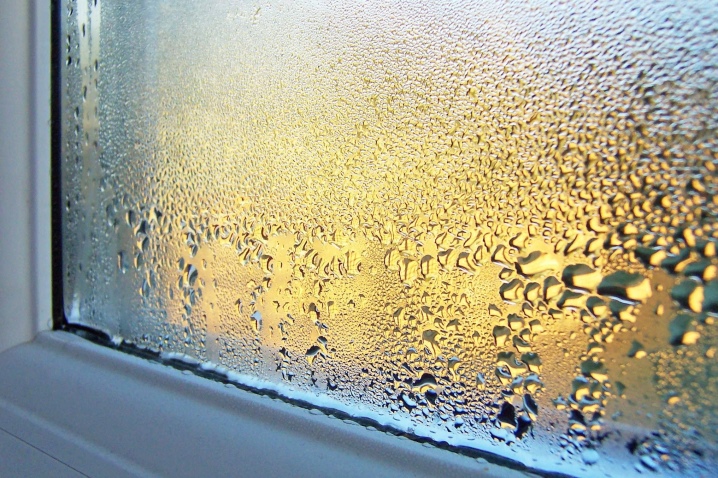
Diseases and pests
It would seem that on the balcony or on the windowsill, the plant has nothing to fear, but this is not so. The melon aphid, a particularly vicious pest, for example, hibernates in the ground. If you forgot to spill it with boiling water, the larvae will wake up by spring, and the aphid will "heal" on the leaves. This will be noticeable by the twisted sheet, sticky formation on it and the subsequent, almost inevitable death.
The only way to fight melon aphids is to remove every single affected leaf, spray the culture with a soda solution (2 teaspoons of soda per 200 ml of water).
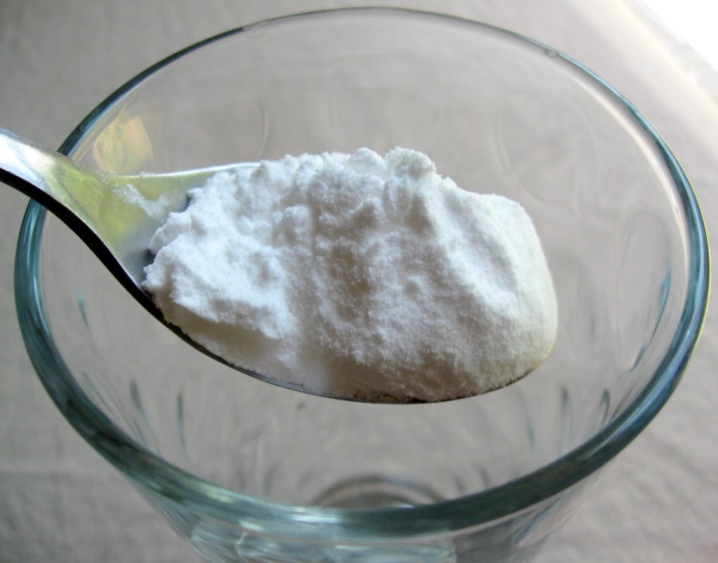
And to prevent the problem, you can put garlic and onions in a container with zucchini, they scare away the pest.
It is even more difficult to deal with thrips, which usually come into the house with houseplants from flower shops. Thrips love the juice of young shoots, and they leave brown spots on the leaves of the zucchini. Naturally, there is no help here - either treat the plant with chemicals, or simply throw away the already affected zucchini. Of the drugs, "Agravertin" and its analogues are usually effective. The plant will have to be processed with gloves and only with open windows.

You may have to fight with a spider mite, which easily gets into the house on the fur of animals or even on the clothes of the owners. Usually, by the spiderweb bloom on the leaves of the zucchini, the disease is immediately noticeable. The plant will need to be treated with soapy water. To prevent an attack, the soil is mulched with wood ash in a half-centimeter layer. We must not forget to loosen the ground after watering.
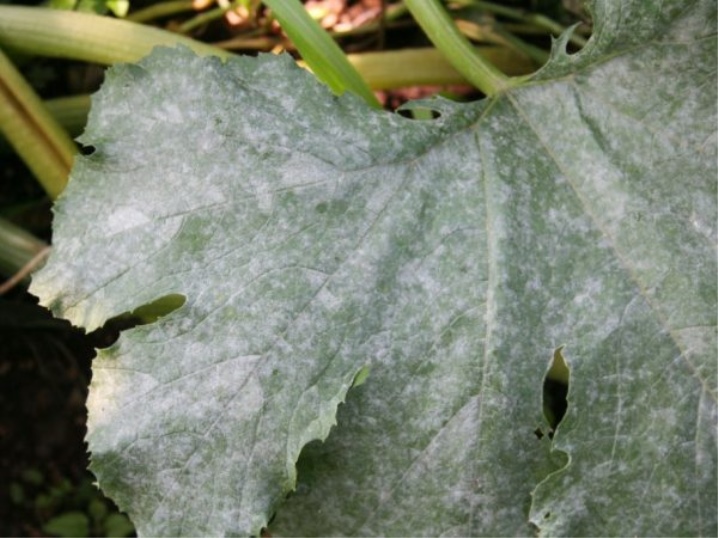
Of the diseases, powdery mildew can attack domestic zucchini ("Fitosporin" helps). Downy mildew requires processing the plant with garlic infusion, but first, all affected parts must be removed. Anthracnose (or copperhead) is also dangerous, and it manifests itself as brownish spots and a border on the foliage, the disease will gradually move to the trunk of the squash. After removing the diseased parts, the squash can be treated with Fitosporin and Gamair, most likely in 2 stages after 4 days.
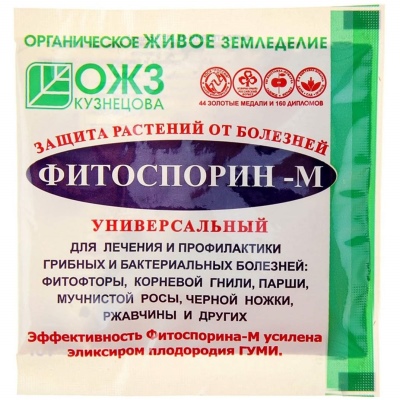
In order not to transfer diseases to a house plant, to care for it, you need to work only with clean hands, washed with soap. Some growers still wipe their hands with alcohol wipes.
Harvesting
And even here there are subtleties. For example, if caviar is planned to be prepared from zucchini, it is removed 9-10 days after the ovary has faded. The fruit with a still soft skin, without noticeable seeds, is cut with a sharp knife at a right angle. If the zucchini is planned to be collected for storage, then after 3 weeks (or almost 3 weeks) after flowering, the vegetable is picked by hand.

To stimulate the normal rate of yield, zucchini should be removed once every 5 days, at least. If you miss the moment of timely collection, the young ovaries will simply dry up and fall off.
To grow a good harvest on the balcony, sometimes you just need good soil and several large plastic bottles or containers of the same type. Well, and time, of course, without it in any way. But without summer cottages and vegetable gardens, a healthy dietary product will be on the table during the season (and sometimes all year round).














The comment was sent successfully.